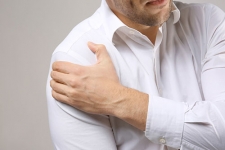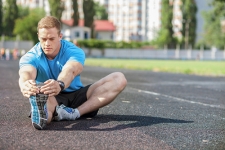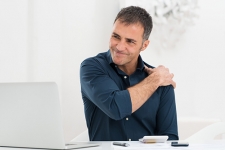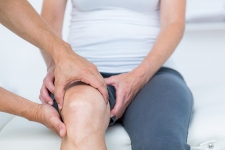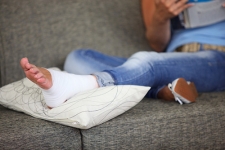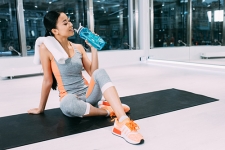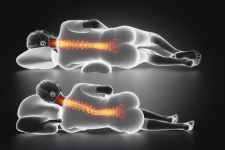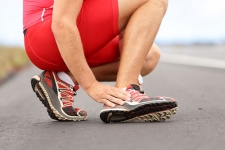Dangers of Using Unregulated Stem Cell Products
When dealing with a health issue – be it orthopaedic or otherwise – many people will go to virtually any length to feel better. One of the more promising-sounding options currently out there are products derived from stem cells that are taken from umbilical cords or placentas when a healthy baby is born. Under the right circumstances, this is a viable treatment option for some; however, not all products derived from stem cells or blood are regulated.


